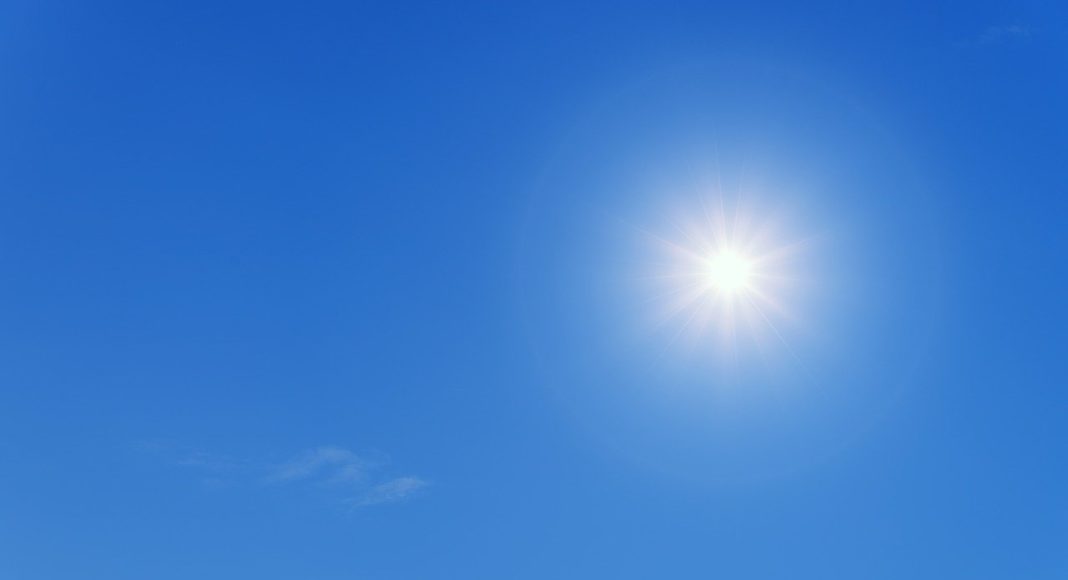
Our days move from one to another under skies of aching blue. To paraphrase Matthew, the sun shines on the just and unjust alike. In India, too, where a billion-plus people also practice sheltering in place, the pre-monsoon skies are clear. In the north people are witness to a theophany. For the first time in 30 years, they can see the Himalaya.
In the Punjab, “Land of the Five Rivers,” from Sialkot to Pathankot, from Jalandhar to New Delhi, the mighty walls of Himavan, the Abode of the Gods, soar 4000 meters in snow-chased azure splendor. Because of the cities’ low elevations (hundreds of meters), perspective and earth’s curve hide the greater peaks.
But atop the blue ramparts there they are: Nanga Parbat, Nanda Devi, Hiunchuli, Dhaulagheri, Annapurna, Himalchuli, Gaurishankar, Amadablam, Sagarmatha, Makalu, Kanchendzonga, and Chomolhari rising from Pakistan to Bhutan. Ancient Tethys sea sediment rose as India plunged under Eurasia 50 million years ago. It is called the Himalayan Orogeny, and they are rising still–a centimeter a year.
Splendid argosies of myth, a divine armada anchored on a shadow sea, its phantom surface marked by the snowline. From a rhododendron forest alive with birds I have watched dawn’s light gild them: first one, then another, another and another on down. The mind genuflects, clutching its words.
The reason people in India can see the Himalaya again is because of Covid 19. The whole country has shut down; pollution plummeted; skies have cleared. In our country something similar happened when the eye of category-5 Hurricane Andrew passed over Florida at midnight August 24, 1992. Power was out, and as survivors stepped from the ruins in a preternatural calm the Milky Way blazed in the heavens.
Welcome to beautiful, brutal planet Earth. The only visual rivals to the Himalaya are the ocean, the Antarctic ice cap, and a clear night sky. But the Himalaya visible once again are dwarfed by an even greater phenomenon: on a global scale, human action has cleared the air. Before us rises a possible future.
From our spectacular view in central Nepal back in 1968, friends and I hiked into a valley brilliantly verdant from the recent monsoon. We headed to an even higher viewpoint to watch the spectacle again. On our way back down the next beautiful morning, villagers stopped us, bade us sit down and, with cups of steaming tea, feasted us with wide brass platters heaped with steaming soybeans. An old man stepped forward. “Who are you?” he asked. “American Brothers? Russian Brothers?”
In each farmhouse, mothers waved at us, stoking fires preparing the morning rice, their children beaming. The fathers smoked their chillums and offered their morning prayers. “Forgive O earth, our footsteps upon you.”
Discover more from Post Alley
Subscribe to get the latest posts sent to your email.

Here’s a story in The New Yorker that echoes Buerge’s points. It suggests that the suddenly cleared air in India may enable people to envision a new urban policy. https://www.newyorker.com/news/dispatch/the-coronavirus-offers-a-radical-new-vision-for-indias-cities-pollution?